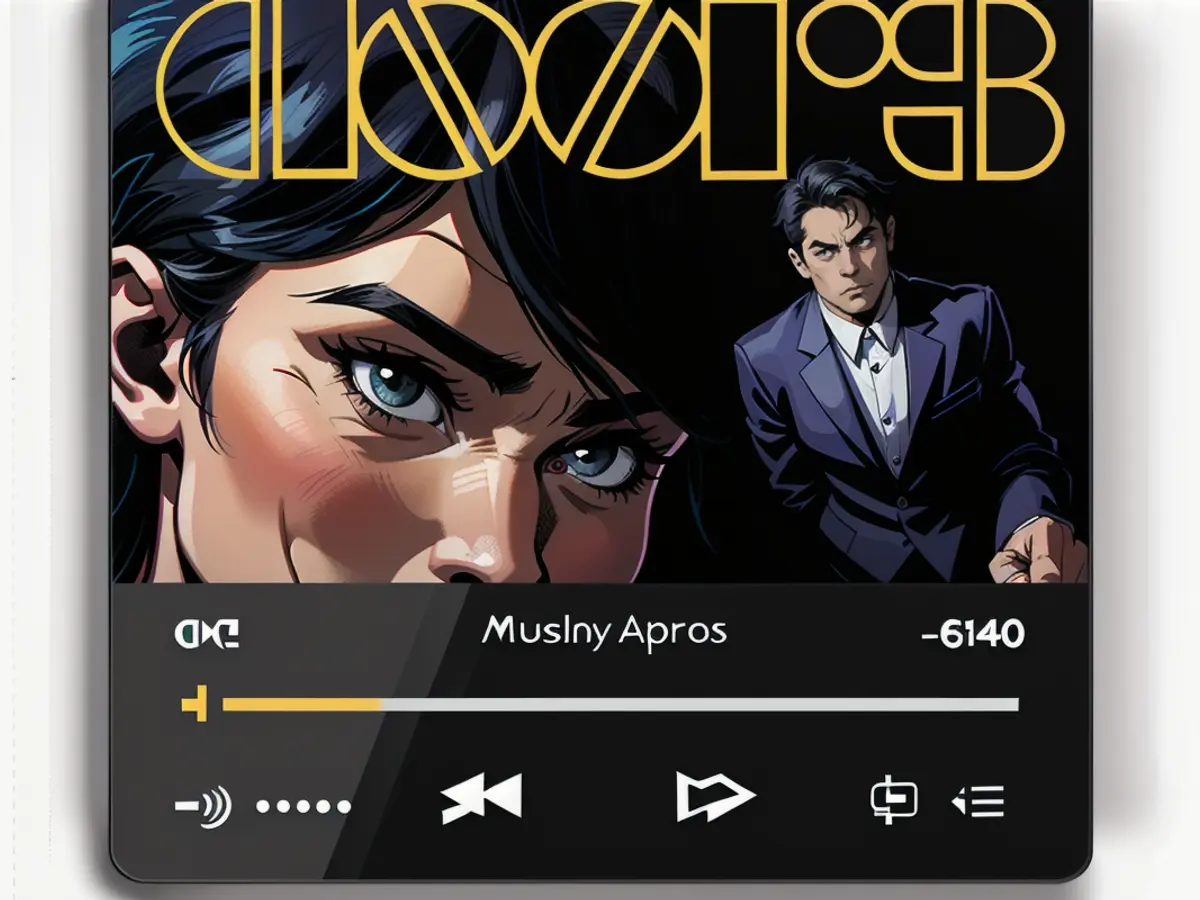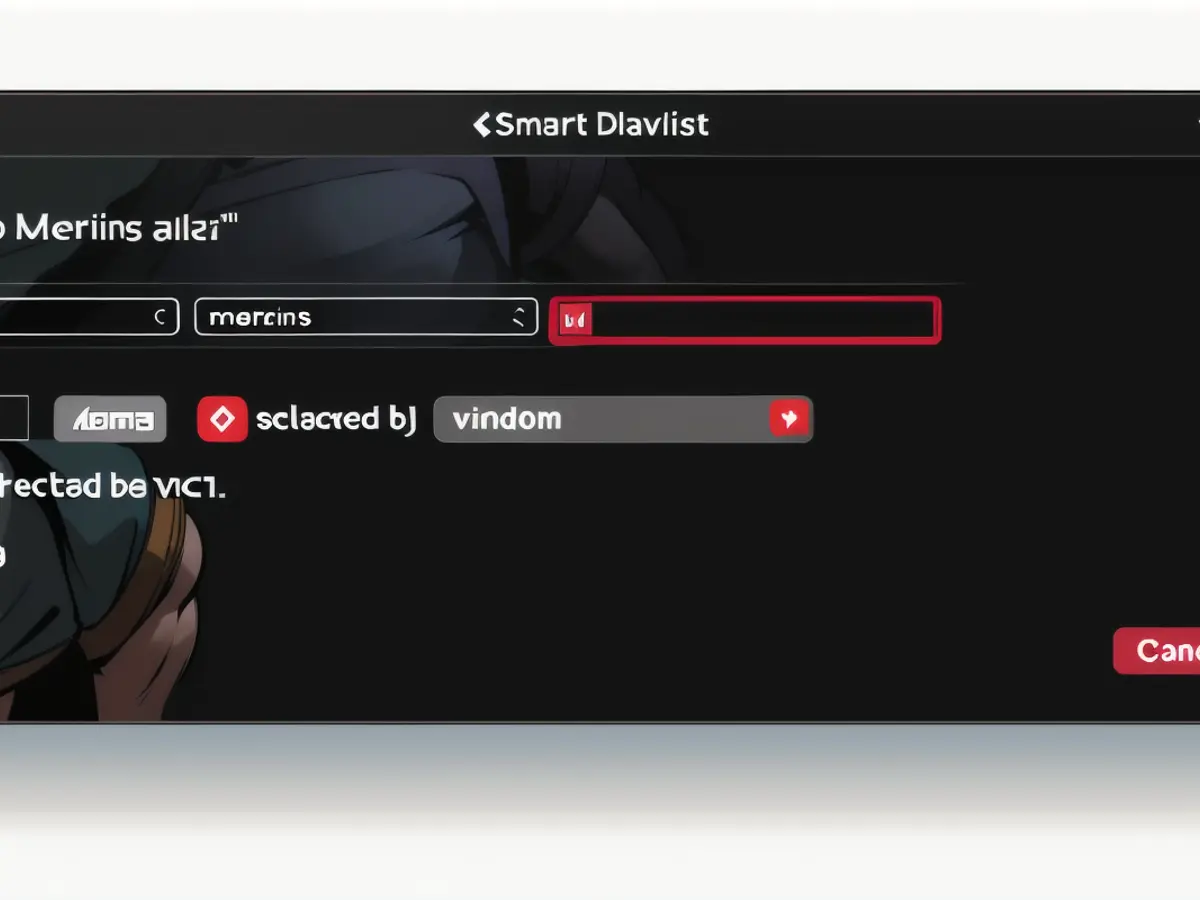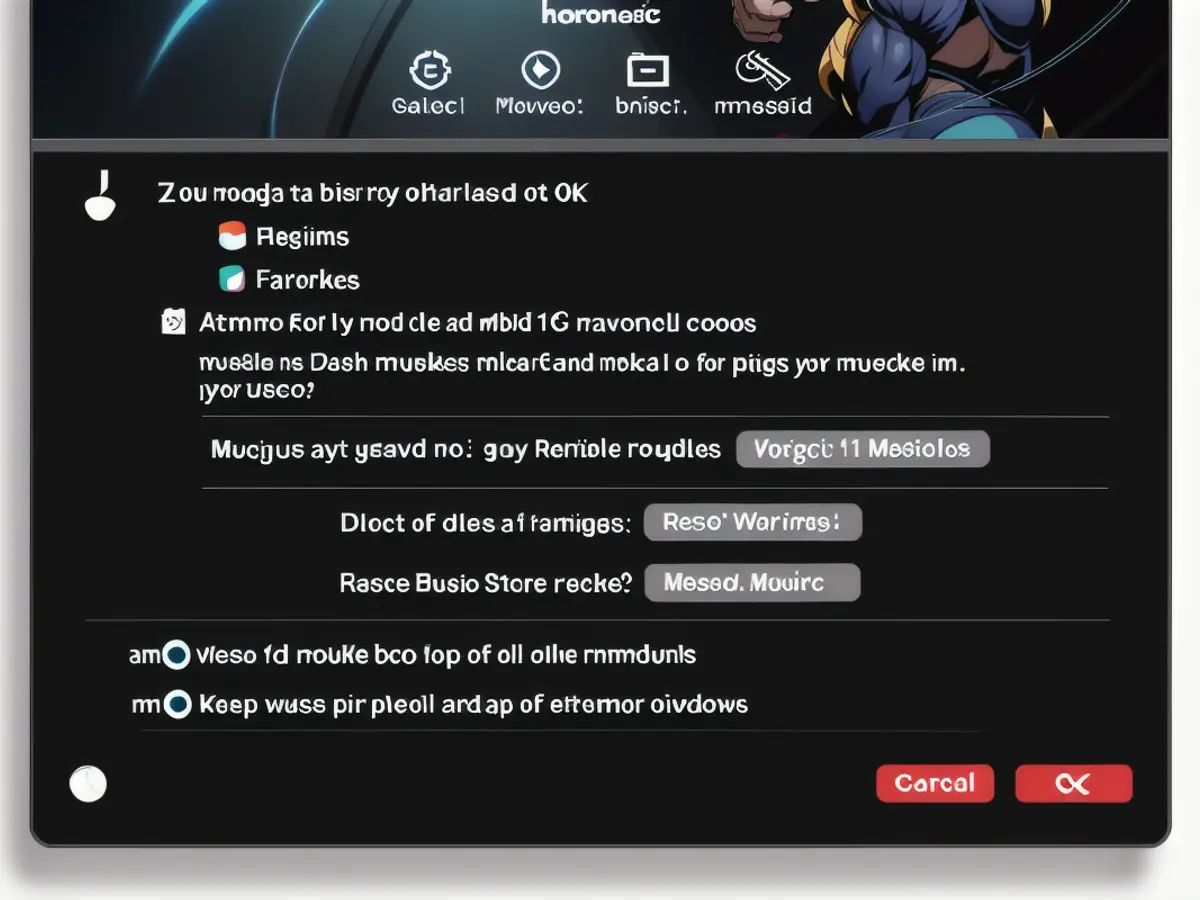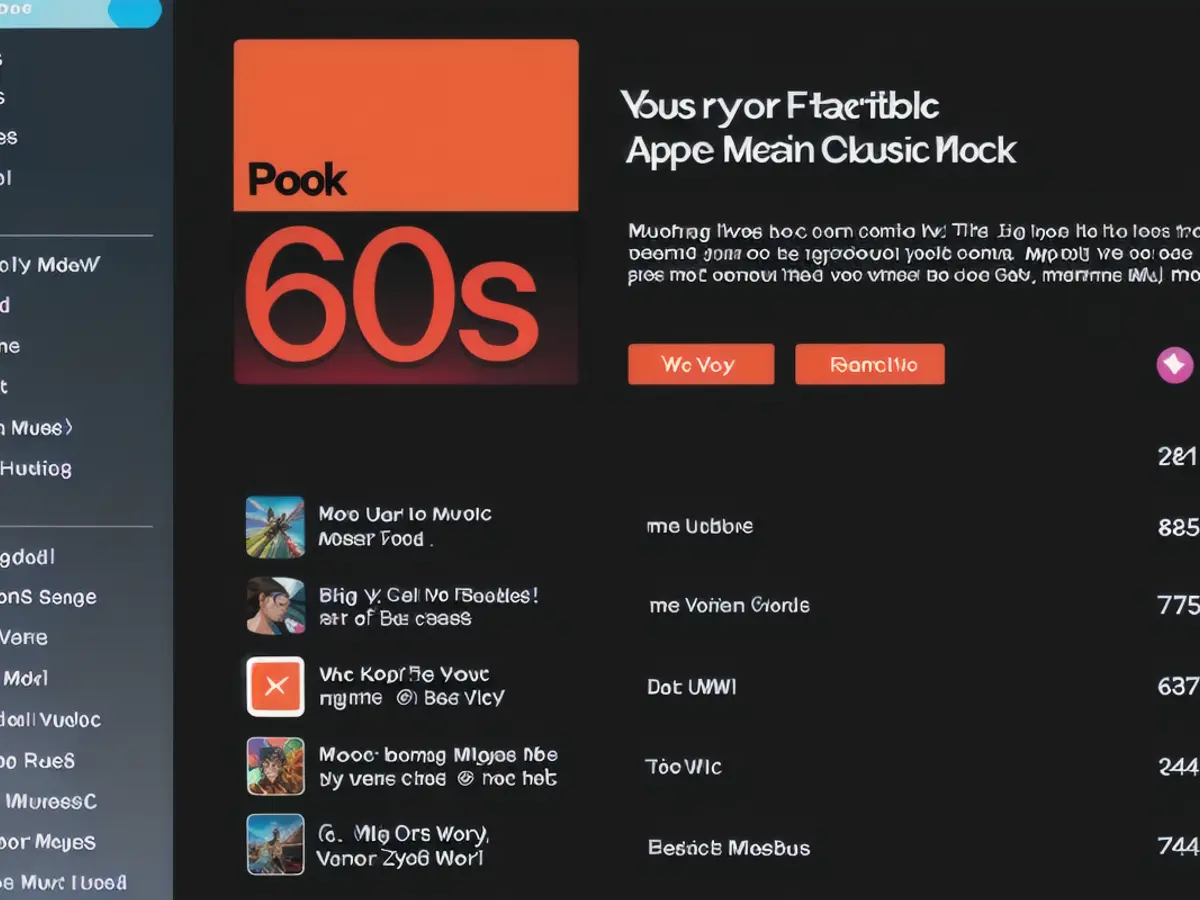Discover the Top Keyboard Shortcuts for Apple Music on Mac and PC
With Apple Music, you might not think of using your keyboard much, but similar to Spotify, it supports many useful keyboard shortcuts, even on Windows. From basic playback controls to managing your playlists, you can do a lot with Apple Music without touching your trackpad or mouse.
Apple Music keyboard shortcuts for playback and navigation
These are the most helpful keyboard shortcuts for playing music, finding things in your music library, and controlling playback.
- Spacebar (Mac) or Ctrl-Spacebar (Windows) — Play or pause the current song.
- Option-Command-U (Mac) or Alt-L-Q (Windows) — Display or hide the playback queue.
- Command-Up Arrow (Mac) or Ctrl-Up Arrow (Windows) — Increase the volume.
- Command-Down Arrow (Mac) or Ctrl-Down Arrow (Windows) — Decrease the volume.
- Enter (Mac) or Alt-L-R (Windows) — Play the song from the start.
- Right Arrow (Mac) or Ctrl-Right Arrow (Windows) — Play the next song. Works only if a song is playing.
- Left Arrow (Mac) or Ctrl-Left Arrow (Windows) — Play the previous song.
- Option-Command-Left Arrow (Mac) or Ctrl-Alt-Left Arrow (Windows) — Move back within the current song.
- Option-Command-Right Arrow (Mac) or Ctrl-Alt-Right Arrow (Windows) — Move forward within the current song.
- Command-F (Mac) or Alt-L-F (Windows) — Open the search page in Apple Music.
- Command-T (Mac) or Ctrl-T (Windows) — Display or hide the visualizer.
- Option-Command-E (Mac) or Ctrl-Shift-E (Windows) — Open the equalizer.

Credit: Pranay Parab
Manage Apple Music windows on your computer
Utilize these handy shortcuts to easily control Apple Music windows on your Mac.
- Option-Command-M or Shift-Command-M (Mac) / Shift-Ctrl-M (Windows) — Display or hide the mini player.
- Shift-Command-F (Mac) — Display or hide the full-screen player in Apple Music.
- Option-click the green button (Mac) — Toggles between custom and maximum window sizes for the app. The green button is located in the top-left corner of the window.
- Command-Shift-/ (Mac) — Shows or hides the status bar, which gives details about the songs displayed, such as the number of songs in a playlist, total duration, and the space the playlist will occupy if downloaded.
- Command-M (Mac) — Send the Music window to the dock.
- Command-H (Mac) — Hide the Music window.
- Option-Command-H (Mac) — Hide all applications other than Music.
- Command-0 (Mac) — Display the Music window.
- Command-W (Mac) — Close Music.
- Command-Q (Mac) or Alt-F4 (Windows) — Quit Music.

Credit: Pranay Parab
Efficiently manage your playlists on Apple Music
If you enjoy creating playlists in Apple Music on your Mac, these are the shortcuts you'll need.
- Command-N (Mac) or Ctrl-N (Windows) — Create a new playlist.
- Option-Command-N (Mac) or Ctrl-Alt-N (Windows) — Create a new smart playlist. This lets you define certain requirements, and it automatically generates playlists with songs that meet your criteria.
- Shift-Command-N (Mac) or Ctrl-Shift-N (Windows) — Create a new playlist from the selected songs. This is handy when you've selected a few songs and want to create a fresh playlist instantly.
- Command-L (Mac) or Ctrl-L (Windows) — Select the currently playing song.
- Command-I (Mac) or Ctrl-I (Windows) — Open the information panel for the selected song.
- Shift-F10 (Windows) — Right-click any selected song to reveal the context menu.
- Command-] (Mac) — When the information panel is open, this shortcut shows you the information for the next song.
- Command-[ (Mac) — When the information panel is open, this shows you the information for the previous song.
- Shift-Command-[ (Mac) — Moves to the previous tab in the information panel.
- Shift-Command-] (Mac) — Moves to the next tab in the information panel.
- Command-C (Mac) or Ctrl-C (Windows) — Copies the information of the current song, such as name, duration, artwork, etc.
- Command-V (Mac) or Ctrl-V (Windows) — Paste the information you've copied.
- Command-A (Mac) or Ctrl-A (Windows) — Select all songs in a playlist.
- Shift-Command-A (Mac) or Shift-Ctrl-A (Windows) — Deselect all songs.
- Delete (Mac) or Backspace (Windows) — Deletes the selected song from the playlist (confirms before deletion).
- Command-Delete — Deletes the selected song from your music library without confirmation.
- Option-Delete — Deletes the selected song from all your playlists and your library.

Credit: Pranay Parab
Got a hot tip for you: To play a tune from a URL in the Music app on your Mac, press Command-U (Mac) or Ctrl-U (Windows).
If the tune has those fancy chapter markers, you can skip to the next chapter with Shift-Command-Right Arrow (Mac) or Shift-Ctrl-Right Arrow (Windows). Or, if you want to go back, just use Shift-Command-Left Arrow (Mac) or Shift-Ctrl-Left Arrow (Windows).
Got a file you want to listen to? Just press Command-O (the letter, not the number) (Mac) or Ctrl-O (Windows) to add it to your library.

Credit: Pranay Parab
Wondering where a specific audio file is? Hit Command-R (Mac) or Ctrl-R (Windows) for the deets.
And lastly, to tinker with the Music app settings, press Command-, (comma) (Mac) or Ctrl-, (Windows).
Read also:
To utilize tech-savvy features in Apple Music while using a keyboard, you can use the 'Apple Music keyboard shortcuts' to navigate through your music library and playback. For instance, you can use 'Command-F' (Mac) or 'Alt-L-F' (Windows) to open the search page in Apple Music. Furthermore, to access Apple Music keyboard shortcuts specific to managing playlists, you can analyze options like 'Command-N' (Mac) or 'Ctrl-N' (Windows) to create a new playlist.








